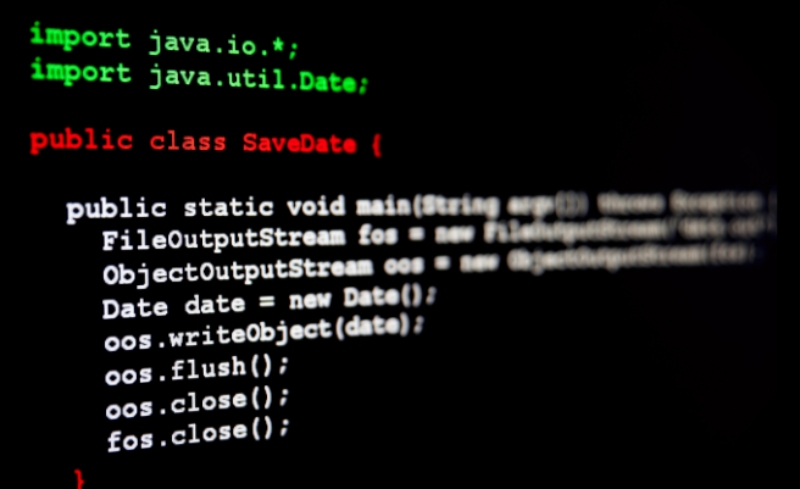
Jump statements are an important feature of the Java programming language that allows developers to change the control flow of their code. In this article, we will explore the different types of jump statements in Java and how they can be used in your programs.
Table of Contents
- Introduction
- The Break Statement
- The Continue Statement
- The Return Statement
- Conclusion
1. Introduction
Jump statements are used to transfer the control of a program to a different part of the code. There are three types of jump statements in Java:
- The break statement
- The continue statement
- The return statement
Each of these statements has a specific use and can be used in different situations to achieve different outcomes. In the following sections, we will explore each of these statements in detail and provide examples of how they can be used in your programs.
2. The Break Statement
The break statement is used to terminate the execution of a loop or a switch statement. When the break statement is encountered, the control of the program is transferred to the statement immediately following the loop or switch statement. Here's an example:
Java code
for (int i = 0; i < 10; i++) {
if (i == 5) {
break;
}
System.out.println(i);
}
In this example, the loop will iterate from 0 to 4 and then terminate when i equals 5. The output of this program will be:
Copy code
0
1
2
3
4
3. The Continue Statement
The continue statement is used to skip the current iteration of a loop and move on to the next iteration. When the continue statement is encountered, the program will jump to the beginning of the loop and evaluate the loop condition again. Here's an example:
Java code
for (int i = 0; i < 10; i++) {
if (i == 5) {
continue;
}
System.out.println(i);
}
In this example, the loop will iterate from 0 to 9, but it will skip the iteration when i equals 5. The output of this program will be:
Copy code
0
1
2
3
4
6
7
8
9

4. The Return Statement
The return statement is used to exit a method and return a value to the calling method. When the return statement is encountered, the control of the program is transferred to the calling method, and the value specified in the return statement is returned. Here's an example:
Java code
public int add(int a, int b) {
return a + b;
}
In this example, the add method takes two integer parameters and returns their sum. When this method is called, the control of the program is transferred to the calling method, and the sum of the two parameters is returned.
5. Conclusion
In conclusion, jump statements are an important feature of the Java programming language that
allows developers to change the control flow of their code. In this article, we explored the
different types of jump statements in Java and how they can be used in your programs. By
using break, continue, and return statements effectively, you can write more efficient and
readable code that is easier to debug and maintain.
At PLOVER, we
take pride in offering a diverse range of remote work options, and we understand that
finding the right job can be a challenging task. That's why all the jobs listed on our
platform are verified by us to ensure that they meet our strict criteria. We make sure that
each job is remote, pays in USD, and meets our working conditions, so you can focus on
finding the best fit for you.
final thought


by Harsh Verma
final thought

